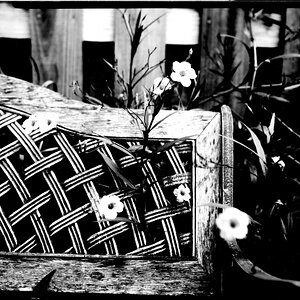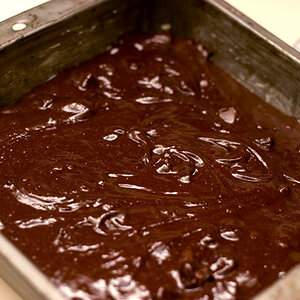decado
TPF Noob!
- Joined
- Sep 24, 2009
- Messages
- 155
- Reaction score
- 0
- Location
- Crystal, MN
- Can others edit my Photos
- Photos NOT OK to edit
I've been having the problem of pictures that look very bright and colorful on my monitor looking dark and not so colorful on my Pixma MP620 printed 8x10's. It's somewhat difficult to guess how bright I need to make the picture so that it looks good on the paper. Is there some kind of screen setting program or website with test images and tutorial on how to get the most neutral picture on your monitor for accurate image editing and printing?
Edit: I can print great looking 8x10's by the way, I just have to ballpark where I think the image settings will print out fine, but I don't want to waste that ink and paper.
Edit: I can print great looking 8x10's by the way, I just have to ballpark where I think the image settings will print out fine, but I don't want to waste that ink and paper.



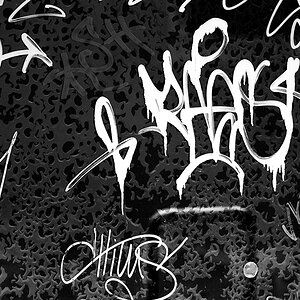
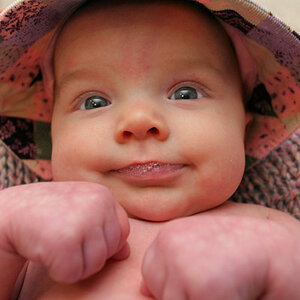
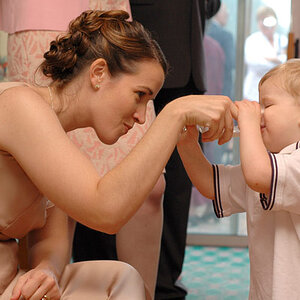

![[No title]](/data/xfmg/thumbnail/37/37522-f67b10bc5ee534f9bc21ee94917445b9.jpg?1619738129)
![[No title]](/data/xfmg/thumbnail/37/37521-5e19cc15e190997d963ed09c3c13ca9c.jpg?1619738129)

![[No title]](/data/xfmg/thumbnail/34/34057-a5a92fad5f5d96a5945d55a404b0cd27.jpg?1619736257)
